Medical Support & Training - SM4 Safety Articles & Resources
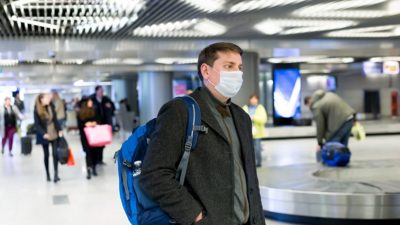
Aviation Operations in the Year of the Coronavirus
During these uncertain times, employers are relying on their internal programs to assure employees and customers alike that operations can and will be conducted in a safe manner but with…

Aviation Travel Risk Management
Recent high-profile events have raised a lot of questions regarding travel safety. The downing of Ukrainian International Airlines Flight PS752 and the outbreak of the novel coronavirus have raised concerns for those who travel and operate in those regions. In today’s volatile environment, an integrated travel risk management solution is both a business imperative and a best practice.
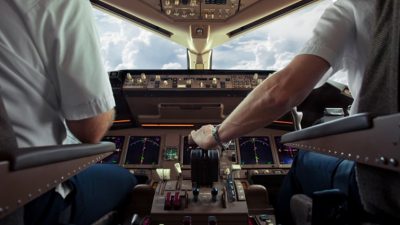
Decompression Illness Following Explosive Cabin Depressurization
Decompression illness (DCI) is not just a scuba diving phenomenon. It can also be seen in aviation following a high‐altitude cabin depressurization. DCI occurs when there is a sudden lowering…

Are You Prepared When Traveling With Children Onboard?
A recent article in Travel + Leisure provided interesting statistics about how many children are flying on private flights. As many as 15-25% of flights from large charter companies have…
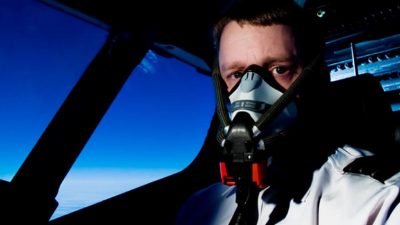
Slow Onset Hypoxia Represents the Highest Risk of Fatality: Part 2
The current training standards for rapid or explosive cabin depressurization have served the commercial aviation industry well. Over the last 15 years, there have been numerous high altitude rapid decompression…
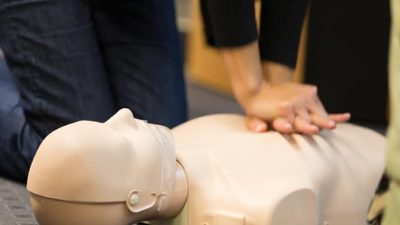
CPR/AED Training: Frequent Refreshers are Critical
TELL ME AND I FORGET, TEACH ME AND I MAY REMEMBER, INVOLVE ME AND I LEARN.” – BENJAMIN FRANKLIN. If someone collapsed in front of you in cardiac arrest, would…

Fruit Flies, Circadian Rhythms, and Fatigue Risk Management
Recently, it was announced that this year’s Nobel Prize for Medicine was awarded to three scientists for their research on biological clocks and 24-hour circadian rhythms. Although their experiments were…
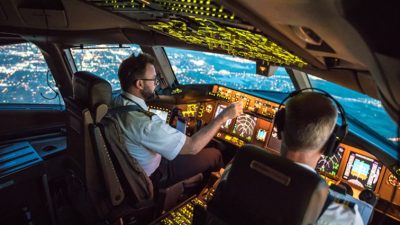
Why is it ALWAYS the Pilot’s Fault?
Read any given NTSB accident investigation and you will find that the pilot is at least partially responsible for the accident. If it is not the pilot’s stick and rudder…
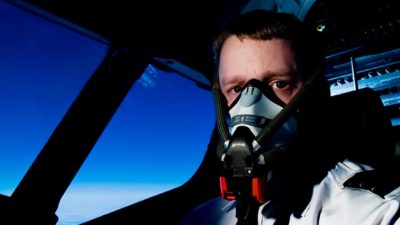
Crew Resource Management: Two Critical Mask Donning Checklist Items
Following a cabin depressurization, the successful donning of a mask should be added to the emergency protocol. Incorporating these two key steps into the emergency descent procedure could further reduce…
